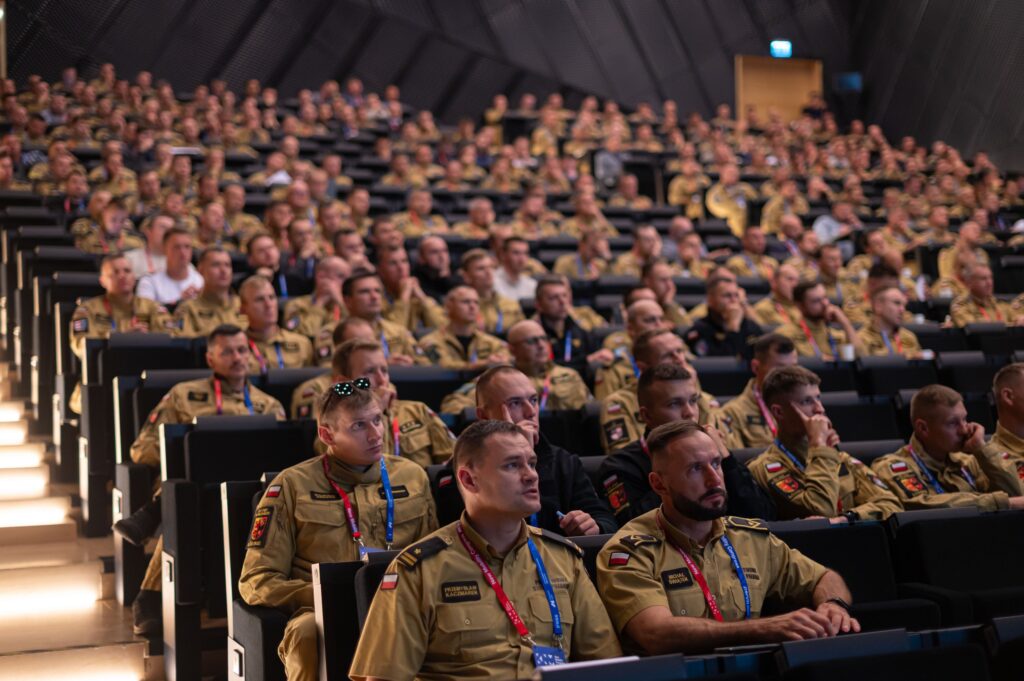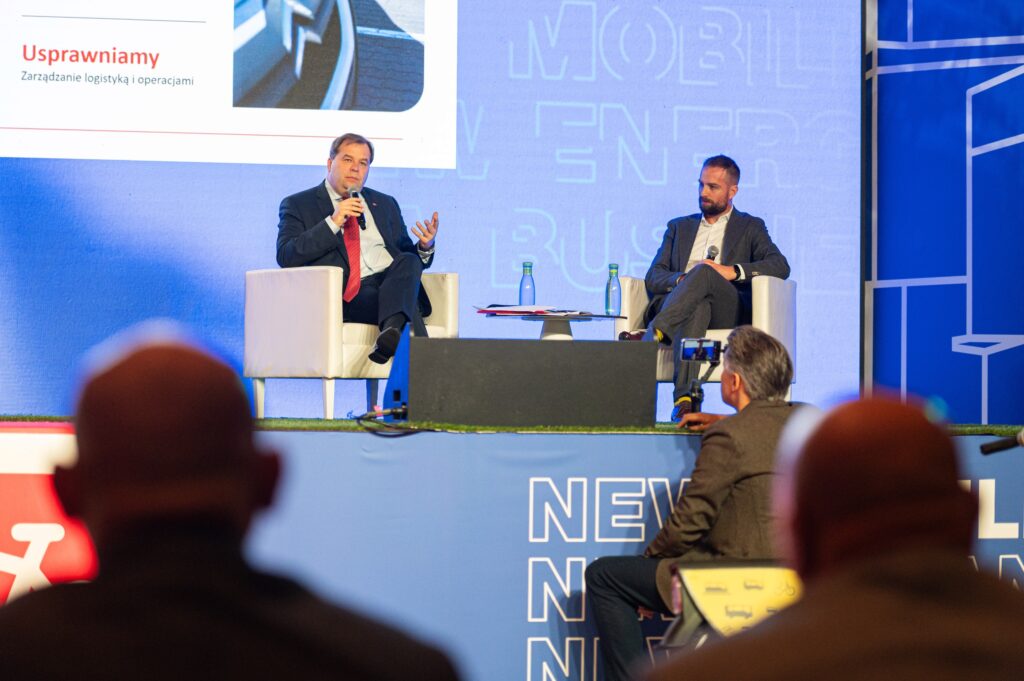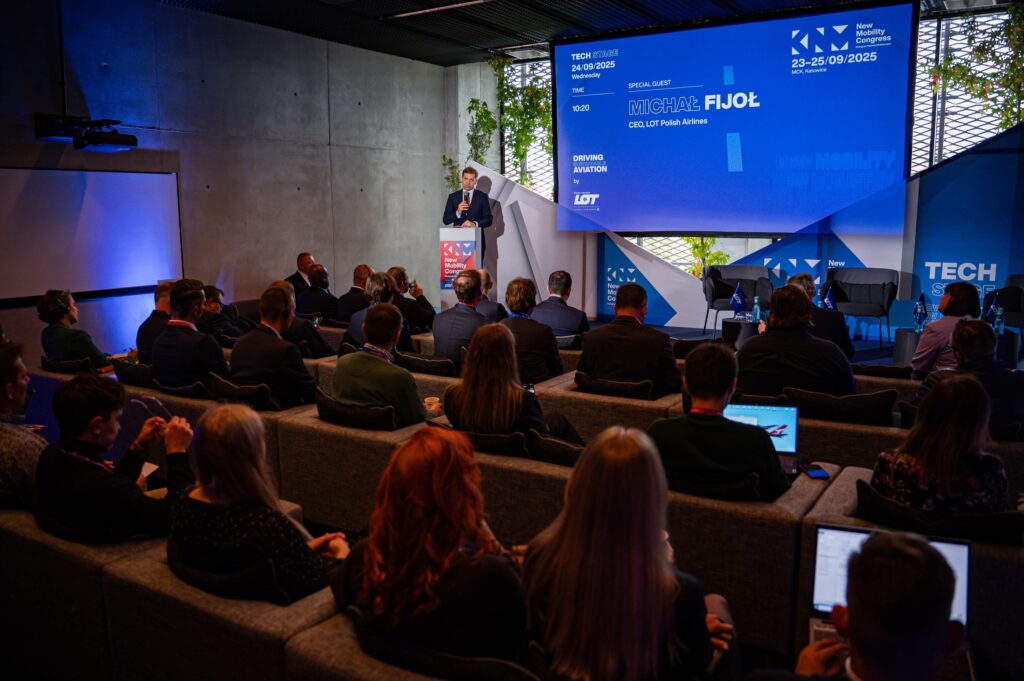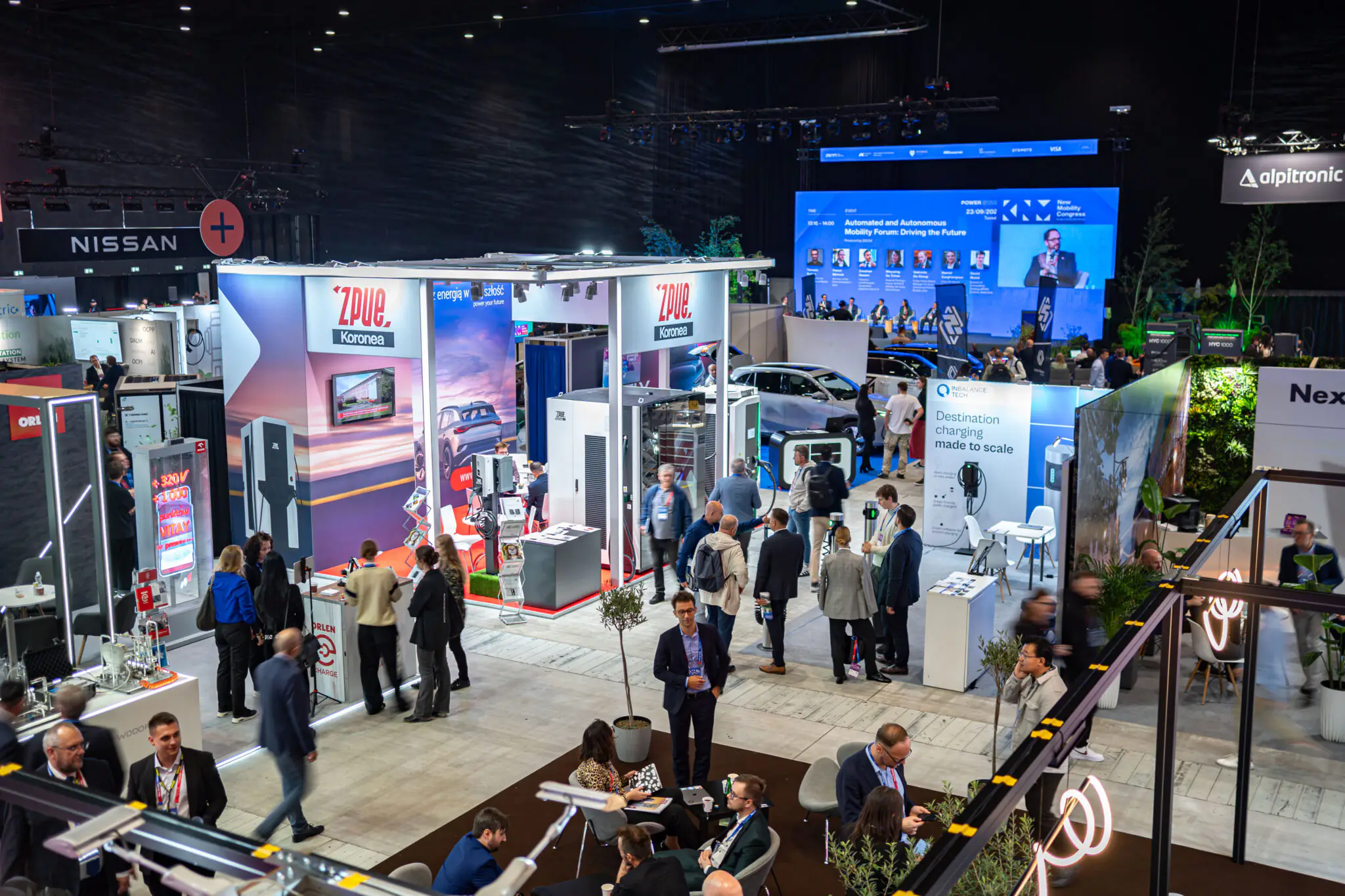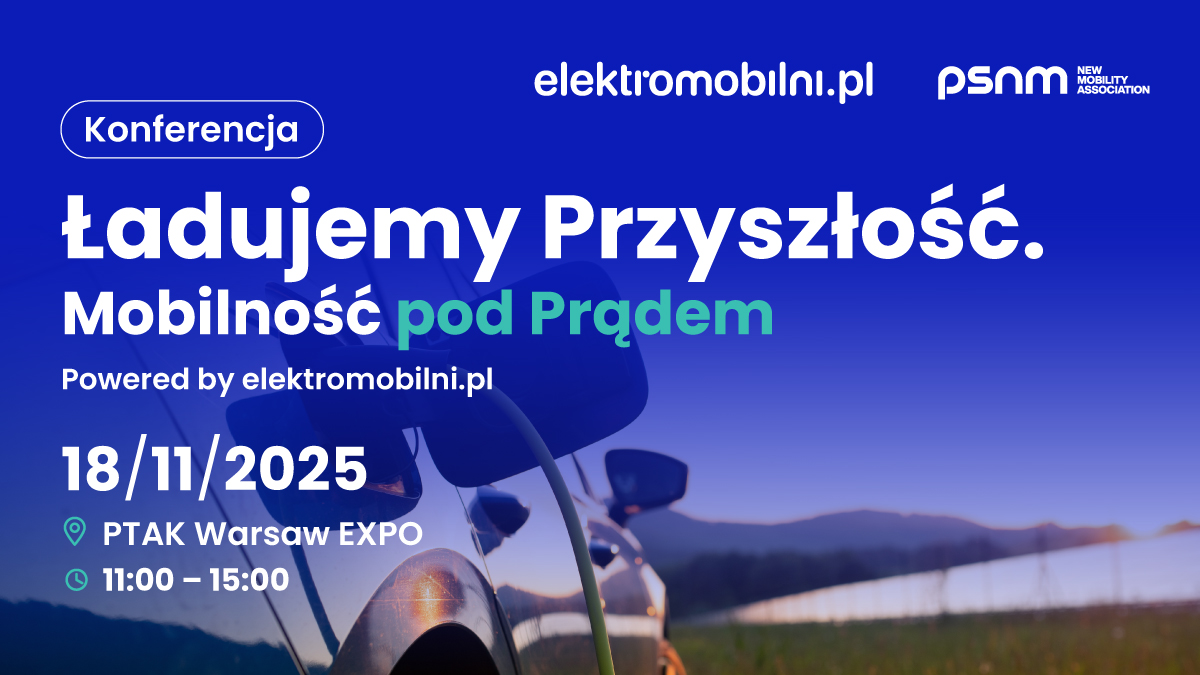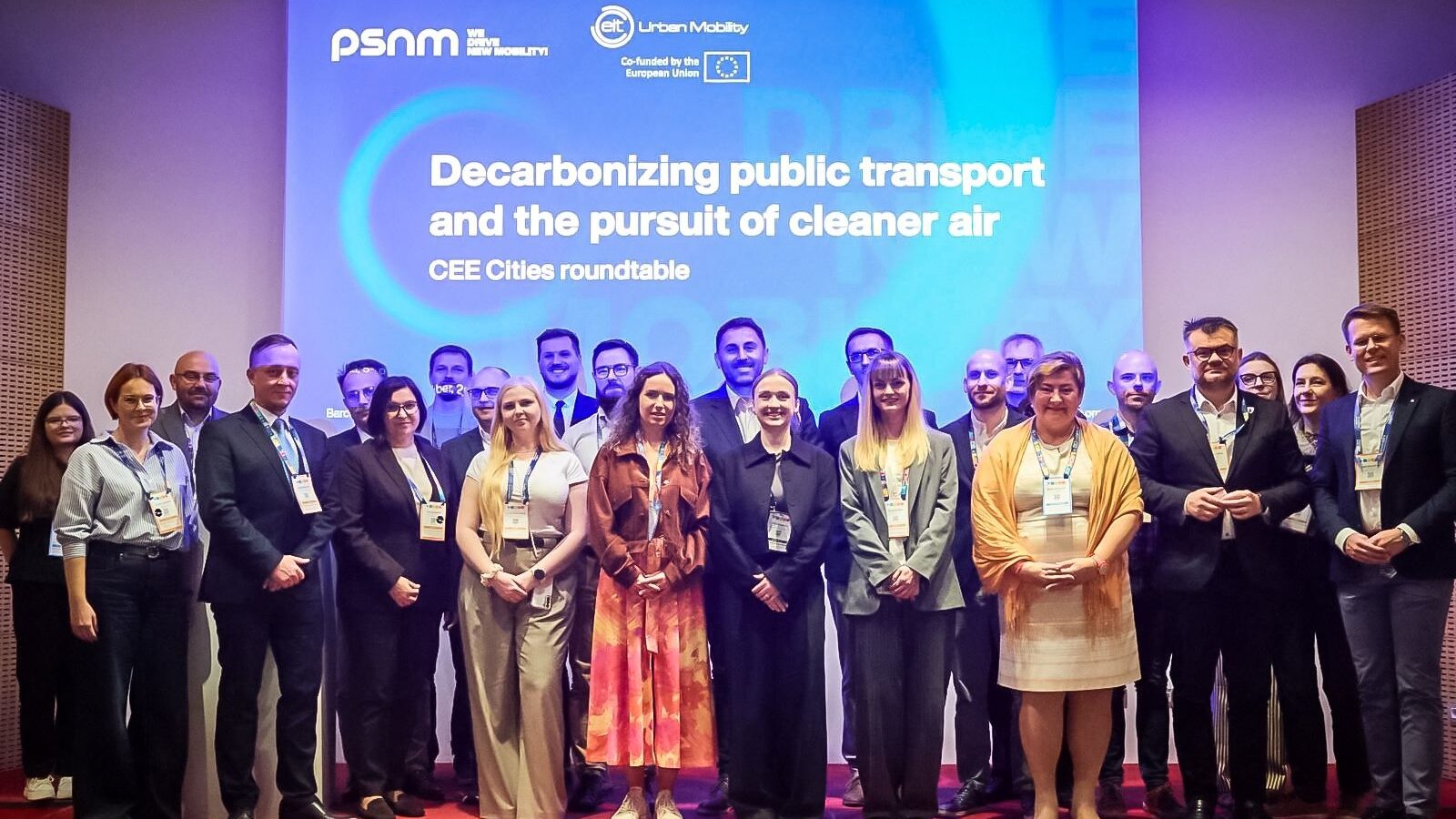The sixth edition of the New Mobility Congress (KNM) is now behind us. KNM 2025 recorded record-breaking numbers: the event attracted 7,500 visitors and nearly 600 speakers. The Congress program went far beyond transportation, focusing on all strategic sectors of the economy. What were the key highlights of KNM 2025?
“The New Mobility Congress 2025 has shown that transforming transport and building a zero-emission economy requires broad cooperation – from the local to the global level. The fact that GZM served as host for the first time proves how strongly our region is embedded in the European debate on the mobility and energy of the future. We are proud that Katowice became a place where experts from all over the world share knowledge and experience. I am convinced that the decisions and connections made at KNM 2025 will bear fruit for the Metropolis and for all of Poland in the coming years,”
said Kazimierz Karolczak, Chair of the GZM Board.
“Business tourism is becoming an increasingly important part of Katowice’s economy. One of the driving forces behind its growth is attracting prestigious congress events to our city — and the New Mobility Congress, whose sixth edition has just concluded, is a perfect example. The success of this event is reflected in the hundreds of experts who shared their knowledge, the more than 7,500 participants, and the number of innovative solutions presented,”
said Marcin Krupa, Mayor of Katowice.
“We are extremely proud that by hosting the Congress, Katowice also became a co-host of this multifaceted discussion on technologies and development paths for new mobility,” the Mayor added.
The significance of the Congress was underlined by the presence of distinguished guests from nearly 40 countries across almost all continents. Among the participants were Carlo Ratti, MIT professor and curator of this year’s Venice Biennale, and Ydanis Rodriguez, Commissioner of the New York City Department of Transportation – an agency overseeing more than 10,000 km of roads and over 800 bridges and tunnels in the largest city in the U.S. KNM 2025 also welcomed ministers and deputy ministers, representatives of EU institutions, MPs and senators, over 20 mayors and deputy mayors of Polish cities, heads of central offices, and business leaders from around the world.
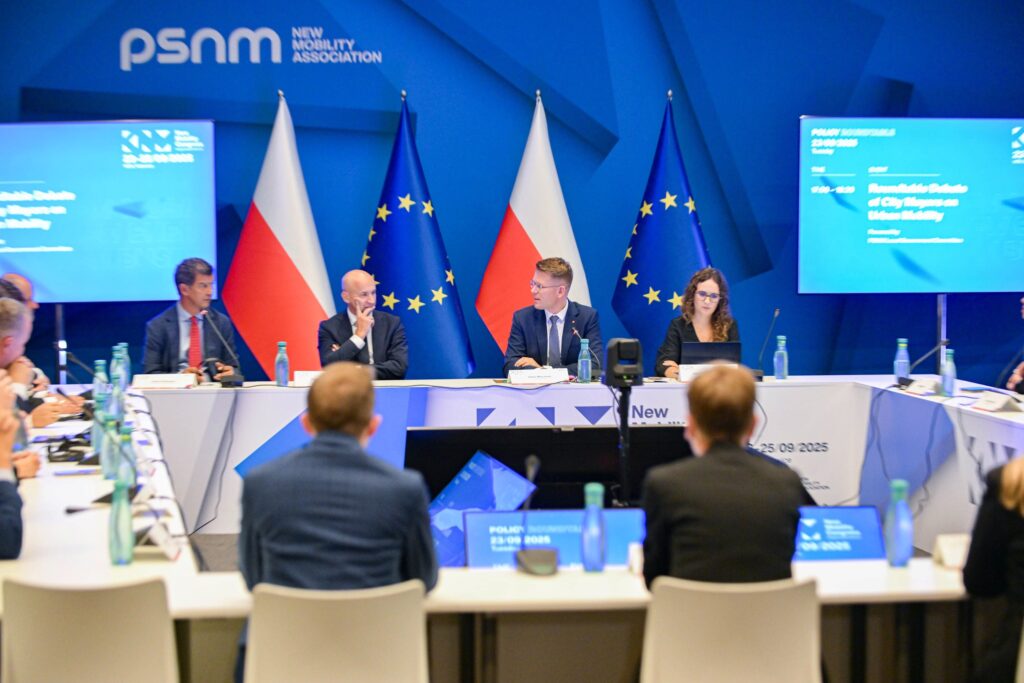
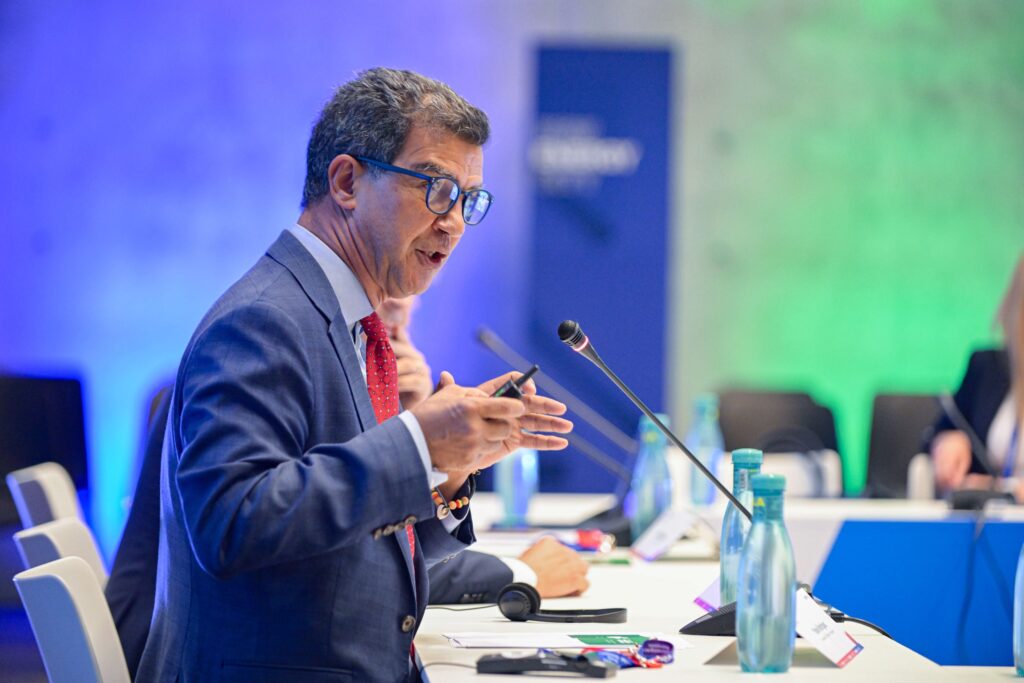
“This year’s edition of KNM went down in history as the largest and most successful of all. The number of participants was almost three times higher than last year, and both the quantity and quality of speakers were top-notch – showing how great the need for such an event is. Compared to 2024, we can clearly say that a better time for new mobility has returned, and we all felt that atmosphere during the Congress. We are very pleased with our move to Katowice and proud to have organized the event in a space ideally suited to its scale. We thank our partners for their support and are already beginning preparations for KNM 2026 – once again setting the bar high!”
said Agata Wiśniewska-Mazur, Member of the PSNM Board.
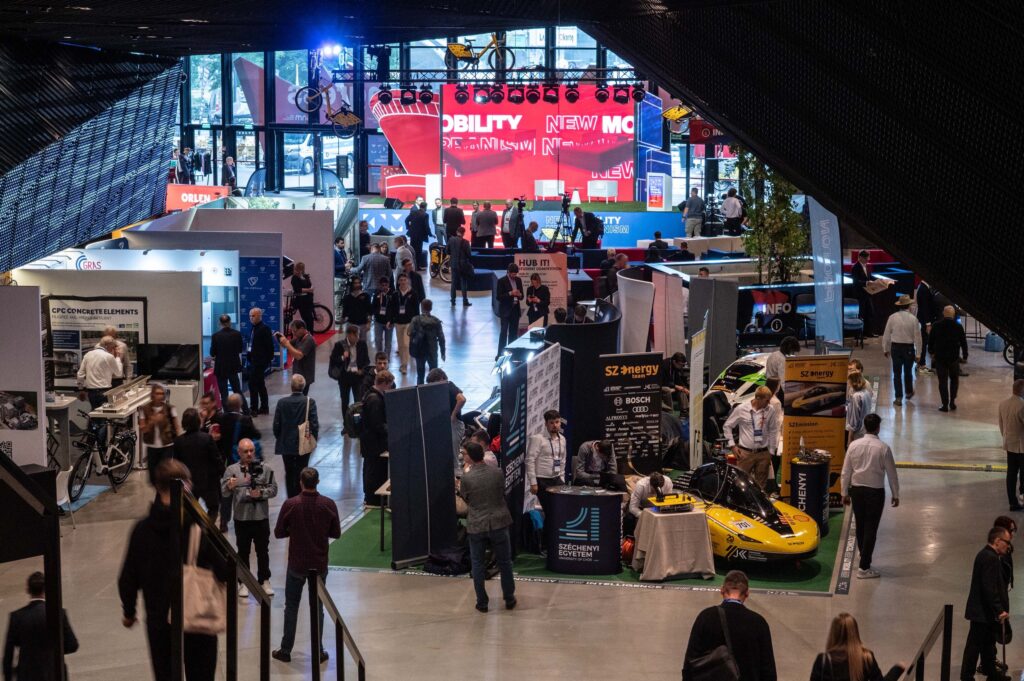
During KNM 2025, decisions were made that could significantly impact Polish transport, energy, industry, and the economy in the coming years. On the opening day of the Congress, the establishment of the Center for New Mobility was announced – a specialized research and development institution aimed at enhancing Poland’s R&D potential and boosting the competitiveness of Polish companies. It will be the first such institution in the country. The letter of intent to create the Center was signed by Wojciech Saługa, Marshal of the Silesian Voivodeship; Kazimierz Karolczak, Chair of the GZM Board; Marcin Krupa, Mayor of Katowice; as well as representatives of the Katowice Special Economic Zone, the Łukasiewicz Research Network, and PSNM.
“The signing of the letter of intent to establish the Center for New Mobility was a key moment of this year’s Congress. Together, the public sector, academia, and business will create a specialized hub supporting innovation in the automotive industry and the wider transport of the future. This is a response to the key challenges facing the sector and an important step toward the economic transformation of Silesia,”
said Dr. hab. Rafał Żelazny, President of the Katowice Special Economic Zone.
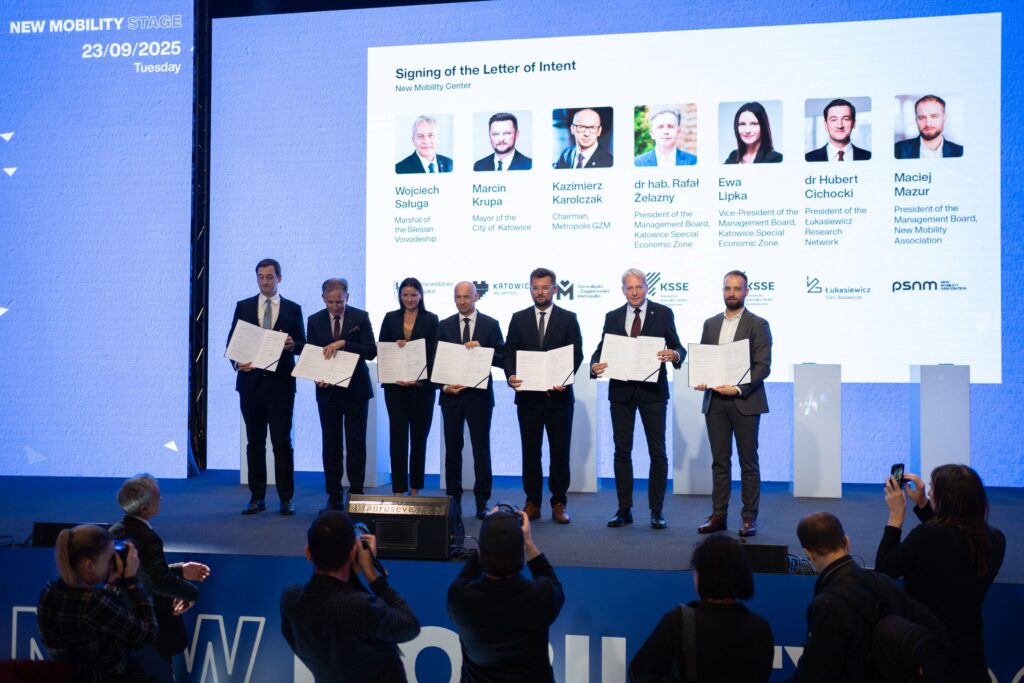
KNM 2025 also marked the culmination of months of work on the Sectoral Agreement – a potentially groundbreaking document for Poland’s sustainable transport industry. The agreement addresses major challenges related to connecting charging infrastructure to the power grid. The signatories included the President of the Energy Regulatory Office, the General Director for National Roads and Motorways, charging station operators represented by PSNM, and distribution system operators associated with PTPiREE.
The Congress program, structured into six thematic tracks, focused on innovation, economic development, and their impact on quality of life. Discussions at KNM 2025 covered regional cooperation among Central and Eastern European countries, building business relations with global leaders (including from the U.S. and Asia), and effective financing mechanisms for R&D. Experts and industry practitioners debated the future of aviation, strengthening the CEE automotive industry (which creates 2 million jobs and accounts for one-third of EU vehicle production), the potential of hydrogen in energy, and instruments encouraging battery-sector investment in Poland. Other topics included advances in autonomous driving, AI-related challenges, and integrating energy storage systems into Poland’s power grid. Much attention was also devoted to urban transformation, modern, people-friendly urban design, and the impact of technology on architecture and spatial planning.
A key highlight of the Congress was the Innovation Forum – a special event accompanying KNM 2025, entirely dedicated to groundbreaking technological and scientific projects developed in Poland. The Forum showcased electric and hydrogen vehicles, prototypes of unmanned aerial vehicles, walking robots, and the latest achievements in medicine, automation, and spatial design — all Made in Poland. The Forum was held under the patronage of Marcin Kulasek, Minister of Science and Higher Education, and the National Centre for Research and Development.
At the EXPO zone, Polish premieres of the latest electric vehicle models took place, including Toyota (Urban Cruiser, refreshed bZ4X, bZ4X Touring, and C-HR+), Volkswagen (ID. CROSS Concept and e-Transporter), and Nissan Micra. Also on display were zero-emission trucks, buses, and a range of innovative charging solutions — from home wallboxes to ultra-fast DC stations.
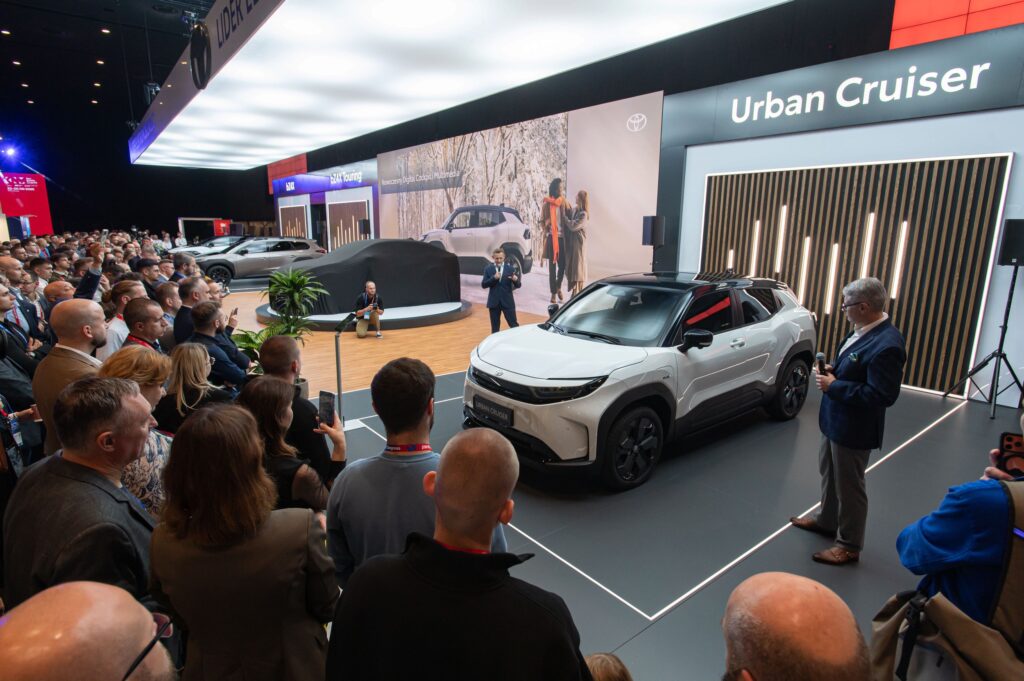
The Congress concluded with a fire safety training session attended by nearly 300 officers, including firefighters, police, and paramedics from across Poland. The training was organized by F5A New Mobility Research and Consulting in cooperation with CNBOP-PIB and the National Headquarters of the State Fire Service of Poland.
